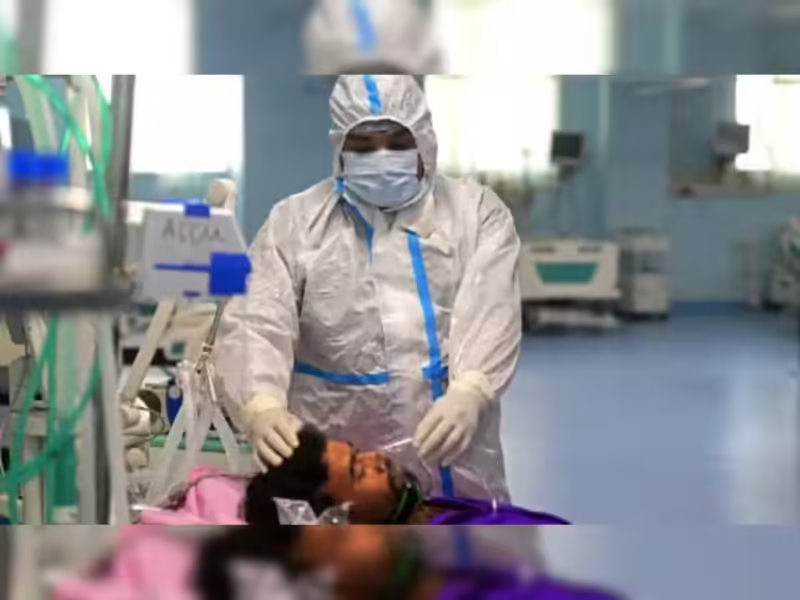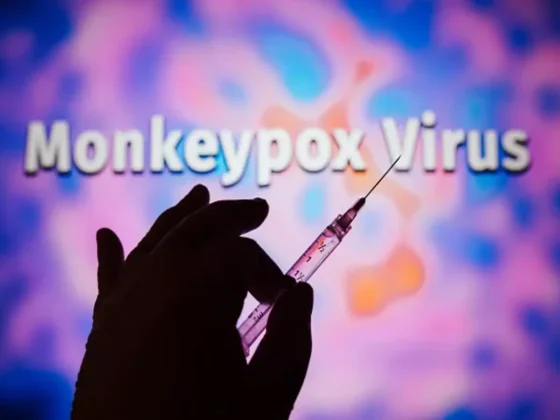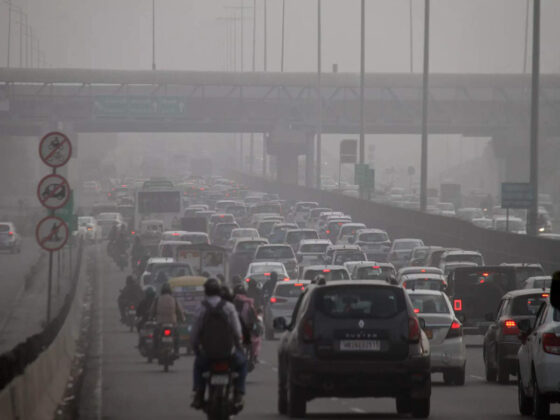New Delhi, August 21: The United States is grappling with a resurgence of COVID-19 cases, marking a significant summer surge that has caught health officials off guard. As the nation navigates this new wave, it faces a complex landscape characterized by emerging variants, waning immunity, and a changing public health landscape. This article delves into the key factors driving the current surge and the implications for public health and healthcare systems.
The Rise of New COVID-19 Variants
One of the primary contributors to the summer surge is the emergence of new COVID-19 variants. These variants, such as EG.5 and BA.2.86, possess mutations that allow them to evade existing immunity, rendering vaccines and prior infections less effective. This increased transmissibility has led to a rapid rise in cases, particularly among vulnerable populations.
Waning Immunity
As time passes, the effectiveness of vaccines and prior infections in providing protection against COVID-19 diminishes. This waning immunity, coupled with the emergence of new variants, has created a perfect storm for the virus to spread. Individuals who received vaccinations or recovered from previous infections may be more susceptible to reinfection, contributing to the overall increase in cases.
New COVID Wave: Relaxed Public Health Measures
The relaxation of public health measures, such as mask mandates and social distancing guidelines, has also played a role in the resurgence of COVID-19. As people return to their pre-pandemic routines, opportunities for viral transmission have increased. This, combined with the waning effectiveness of vaccines and the emergence of new variants, has created a conducive environment for the virus to spread.
COVID-19 Wave: Healthcare System Strain
The summer surge in COVID-19 cases has placed a strain on healthcare systems across the United States. Hospitals are experiencing increased patient volumes, leading to challenges in providing adequate care. This strain can impact other essential healthcare services, such as elective surgeries and routine check-ups, as resources are diverted to manage the COVID-19 surge.
Public Health Response
In response to the rising number of COVID-19 cases, public health officials are urging individuals to take precautions to protect themselves and others. These measures include:
- Vaccination: Getting vaccinated against COVID-19 remains the most effective way to prevent severe illness, hospitalization, and death.
- Boosters: Individuals who are eligible should receive booster shots to maintain their level of protection.
- Mask Wearing: Wearing masks in crowded indoor settings can help reduce the transmission of the virus.
- Social Distancing: Maintaining physical distance from others can also help prevent the spread of COVID-19.
- Testing: Regular testing can help identify infected individuals and prevent further transmission.
While the summer surge in COVID-19 cases presents significant challenges, it is important to note that the situation is not hopeless. By implementing effective public health measures and continuing to develop new countermeasures, such as updated vaccines and therapeutic treatments, the United States can mitigate the impact of the virus and protect the health of its citizens.
As the pandemic continues to evolve, it is essential for individuals and communities to remain vigilant and adapt to the changing landscape. By working together and taking proactive steps, we can overcome the challenges posed by COVID-19 and build a healthier future for all.










